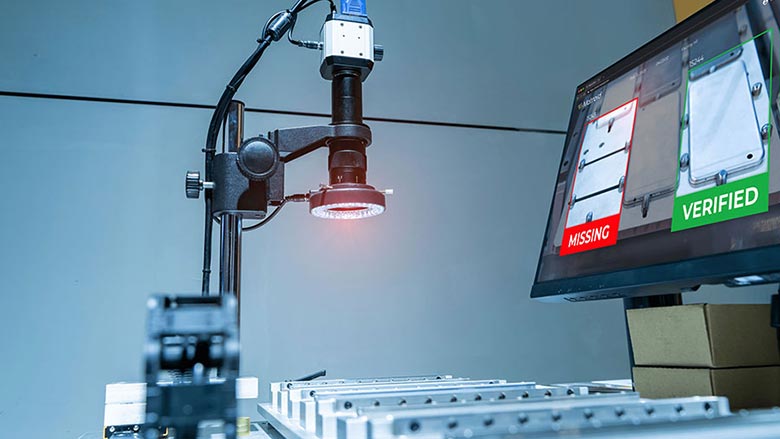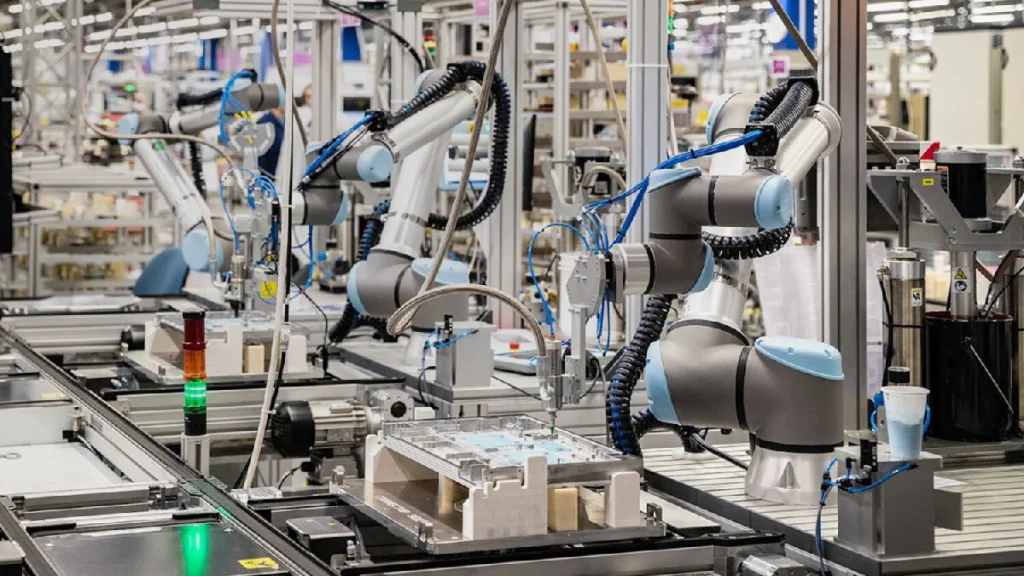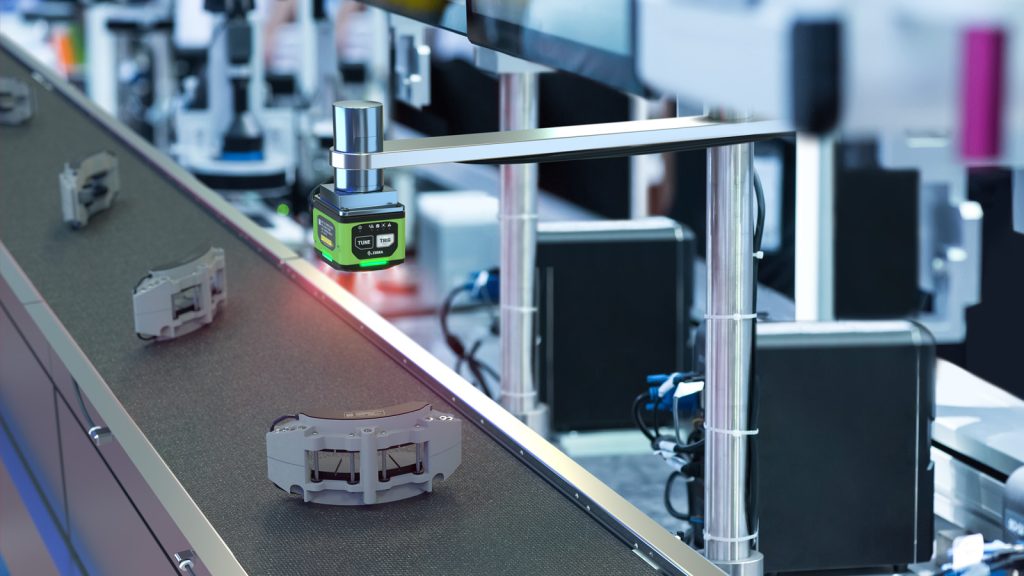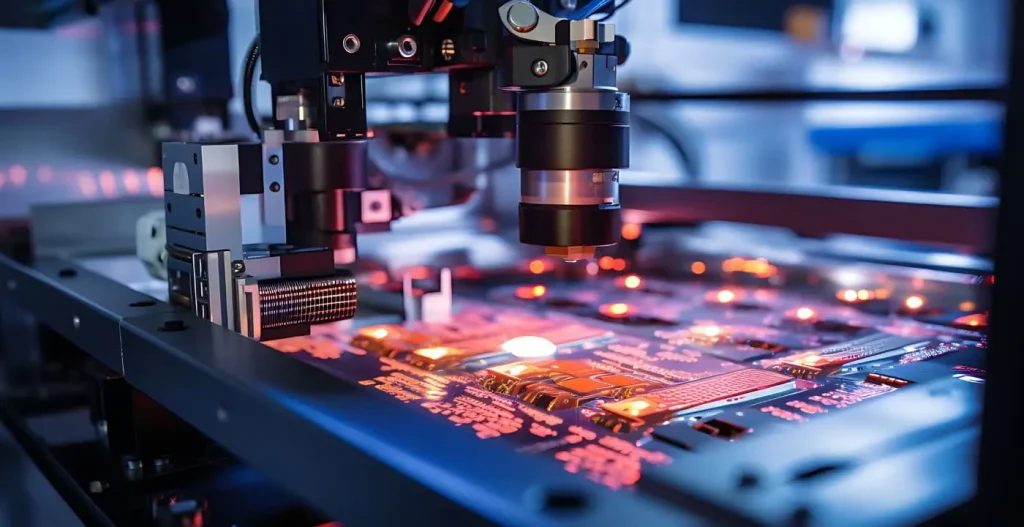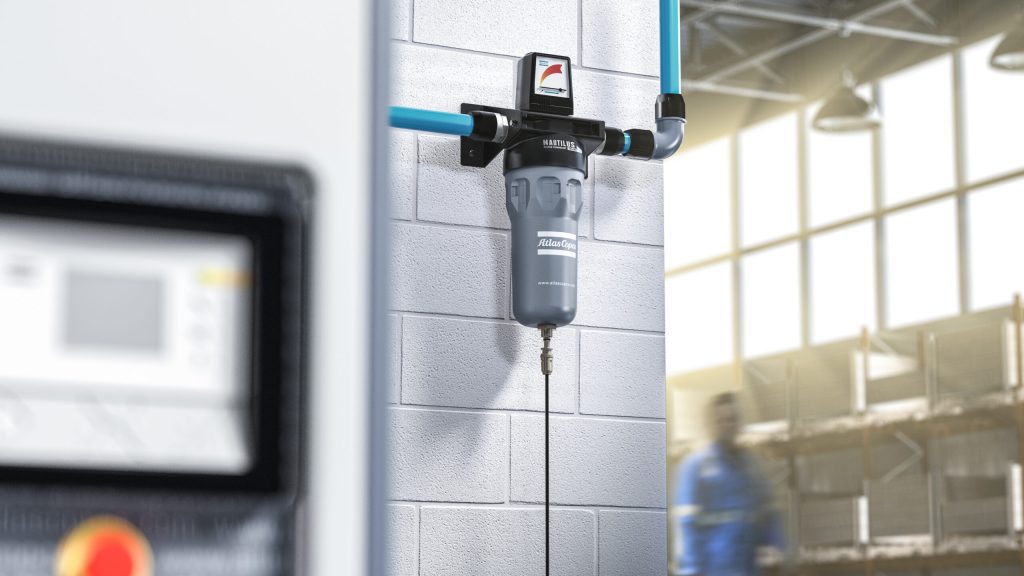Pneumatic components are essential in many industrial and commercial systems, driving automation, controlling processes, and powering machinery. Proper handling and storage of these components are crucial for maintaining their performance, longevity, and safety. At Pneumation.ca, we prioritize the safe and effective management of pneumatic components to ensure they function optimally. This guide provides essential tips and best practices for safely handling and storing pneumatic components, helping you avoid damage and maintain system reliability.
Why Proper Handling and Storage Are Important
- Prevent Damage: Pneumatic components, such as cylinders, valves, and fittings, are precision-engineered. Improper handling can lead to physical damage, affecting their performance and longevity.
- Ensure Safety: Handling pneumatic components improperly can pose safety risks, including injury from sudden air pressure releases or equipment failures.
- Maintain Performance: Correct storage practices help prevent contamination and degradation, ensuring that components function as intended when installed.
Handling Pneumatic Components Safely
- Use Appropriate Equipment
- Handling Tools: Use suitable tools for lifting and moving pneumatic components. Avoid using makeshift tools or excessive force, which can damage components.
- Personal Protective Equipment (PPE): Wear appropriate PPE, such as gloves and safety glasses, when handling pneumatic components to protect yourself from sharp edges and potential air pressure releases.
- Handle with Care
- Avoid Dropping: Handle components gently to avoid dropping them. Sudden impacts can cause internal damage or misalignment.
- Support Properly: When lifting or moving components, ensure they are properly supported to prevent bending or deformation.
- Inspect Before Handling
- Check for Damage: Inspect components for any visible damage before handling. Look for cracks, dents, or other signs of wear that could indicate issues.
- Verify Compatibility: Ensure that the components are compatible with your system before installation or use. Verify specifications and fitment to prevent operational issues.
- Follow Manufacturer Instructions
- Refer to Manuals: Always consult the manufacturer’s handling instructions and guidelines for specific recommendations. This includes weight limits, handling procedures, and safety precautions.
Storing Pneumatic Components Properly
- Choose the Right Storage Environment
- Dry and Clean: Store pneumatic components in a dry, clean environment to prevent contamination from dust, moisture, or other contaminants.
- Temperature Control: Maintain a stable temperature to avoid extreme heat or cold, which can affect the performance and integrity of the components.
- Use Appropriate Storage Solutions
- Shelving and Racks: Use shelving units or racks designed for storing pneumatic components. Ensure that shelves are sturdy and have proper support to prevent components from tipping or falling.
- Containers: Store small parts, such as fittings and seals, in labeled containers to keep them organized and easily accessible.
- Protect Components from Damage
- Cover and Seal: Protect sensitive components, such as valves and cylinders, with covers or seals to prevent dust and debris from entering.
- Avoid Stacking: Avoid stacking components on top of each other, which can cause deformation or damage. Store items separately or use dividers to keep them organized.
- Implement Inventory Management
- Track Inventory: Keep an organized inventory of all pneumatic components, including quantities, specifications, and storage locations. This helps in maintaining stock levels and locating items quickly.
- Rotate Stock: Use a first-in, first-out (FIFO) system for managing inventory to ensure that older components are used before newer ones. This helps prevent degradation over time.
- Safety Precautions
- Secure Storage Areas: Ensure that storage areas are secure and not accessible to unauthorized personnel. This prevents accidental damage or tampering with components.
- Clear Labeling: Clearly label storage areas and containers to identify the contents and any specific handling or storage requirements.
Handling and Storing Specific Pneumatic Components
- Air Compressors
- Store in a Dry Area: Keep air compressors in a dry, well-ventilated area to prevent rust and corrosion.
- Service Regularly: Follow the manufacturer’s maintenance schedule to ensure the compressor remains in good condition.
- Pneumatic Cylinders
- Protect Rods and Seals: Cover the rods and seals of pneumatic cylinders to prevent damage and contamination.
- Store Upright: Store cylinders upright to avoid damaging the seals or internal components.
- Valves and Fittings
- Keep Clean: Store valves and fittings in clean, dry containers to avoid contamination.
- Avoid Cross-Contamination: Keep different types of valves and fittings separate to avoid cross-contamination and confusion during installation.
Proper handling and storage of pneumatic components are essential for maintaining their performance, safety, and longevity. By following the tips outlined in this guide, you can ensure that your components are managed effectively, reducing the risk of damage and improving overall system reliability. At Pneumation.ca, we are committed to supporting you with high-quality pneumatic components and expert advice. For more information or assistance, please contact us.
